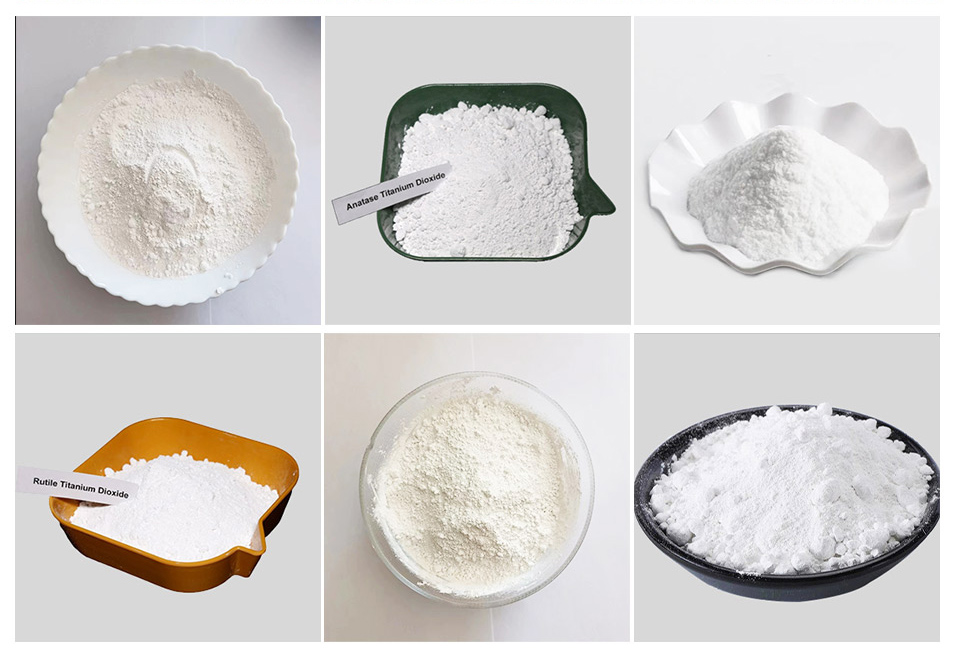
8 月 . 15, 2024 14:04 Back to list
Safety Data Sheets and Pricing Information for Lithopone Suppliers and Manufacturers Online
Understanding Lithopone MSDS, Pricing, and Supplier Insights
Lithopone is a white pigment that has garnered popularity in various industries due to its unique properties and effectiveness. It is a composite of zinc sulfide and barium sulfate and is primarily used in paints, coatings, plastics, and rubber. The rising demand for environmentally friendly and durable materials has further propelled the use of lithopone, making it an important subject in product safety and supplier management.
Material Safety Data Sheet (MSDS)
One critical aspect of lithopone is its Material Safety Data Sheet (MSDS), which provides essential information regarding its properties, handling, storage, and emergency measures. Understanding the MSDS is crucial for manufacturers, suppliers, and end-users as it ensures safe use and compliance with health regulations.
The MSDS for lithopone typically includes
1. Chemical Identification Provides the chemical name, synonyms, and applicable uses. 2. Hazard Identification Outlines potential hazards associated with lithopone, including inhalation risks and skin exposure. 3. Composition/Information on Ingredients Lists the concentration of various components in the product. 4. First Aid Measures Details appropriate responses in case of exposure or accidents. 5. Fire Fighting Measures Suggests suitable extinguishing methods and personal protective equipment (PPE). 6. Accidental Release Measures Provides guidelines for managing spills or leaks in a safe manner.
Ensuring that all personnel handling lithopone have access to and understand the MSDS is essential for workplace safety
.Pricing Factors for Lithopone
lithopone msds pricelist supplier

The pricing of lithopone can vary significantly based on several factors. These include the purity of the product, the scale of purchase, and the supplier's reputation. Typically, prices can range from $1 to $5 per kilogram, but this can fluctuate based on market demand and production capacities.
1. Purity and Quality High-quality lithopone, which contains a greater concentration of zinc sulfide, tends to be priced higher due to its superior performance in applications. Suppliers may offer various grades, each tailored for specific uses and industries. 2. Volume of Purchase Bulk purchases often come with significant discounts. Businesses looking to integrate lithopone into their manufacturing processes might negotiate better pricing based on the volume of their orders.
3. Supplier Dynamics The reputation and reliability of the supplier play a crucial role in pricing. Established suppliers with a solid track record and consistent quality may charge more, but they often provide better service, including faster delivery times and more reliable supply chains.
4. Market Trends Fluctuating demand driven by seasonal production cycles, trends in various industries (like automotive, construction, and consumer goods), and the availability of raw materials can all impact pricing.
Choosing the Right Supplier
When sourcing lithopone, due diligence is critical. Businesses should consider factors such as
- Certifications and Compliance Ensure that the supplier complies with industry standards and regulatory requirements. - Customer Reviews and Feedback Evaluate feedback from other clients to gauge reliability and service quality. - Technical Support A good supplier should offer technical support, helping clients with product specifications, applications, and troubleshooting.
To sum up, lithopone is an essential pigment in various industries, providing unique attributes that enhance product performance. Understanding its MSDS helps ensure safe handling, while awareness of pricing factors and careful selection of suppliers can lead to successful procurement strategies. As demand for sustainable and high-performance materials grows, lithopone remains a competitive choice for businesses looking to innovate and excel in their respective markets.
-
Lithopone for Plastic & TiO2 R-5568/SK-6658 Masterbatch Solutions
NewsMay.30,2025
-
China Leading Rutile TiO2 Manufacturer - R5566 & R996 Grades Available
NewsMay.30,2025
-
High-Purity Anatase & Rutile TiO2 Powder Trusted Manufacturer
NewsMay.30,2025
-
High-Purity Anatase Products Trusted Supplier & Manufacturer
NewsMay.29,2025
-
Best Price Eco-Friendly Rutile TiO2 Supplier & Wholesale Factory
NewsMay.29,2025
-
Chinese Anatase Titanium Dioxide for Ceramic Glaze Reliable Supplier
NewsMay.29,2025
